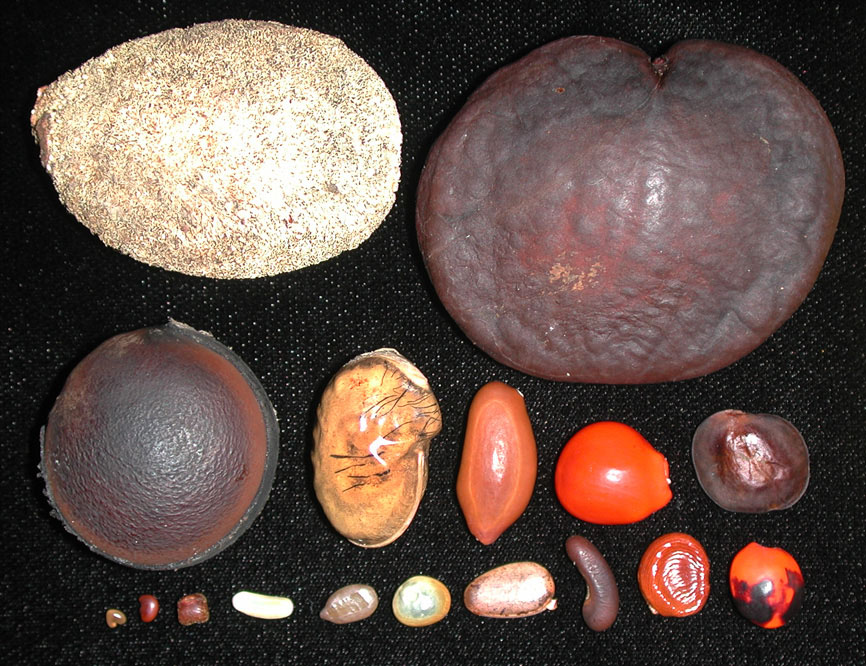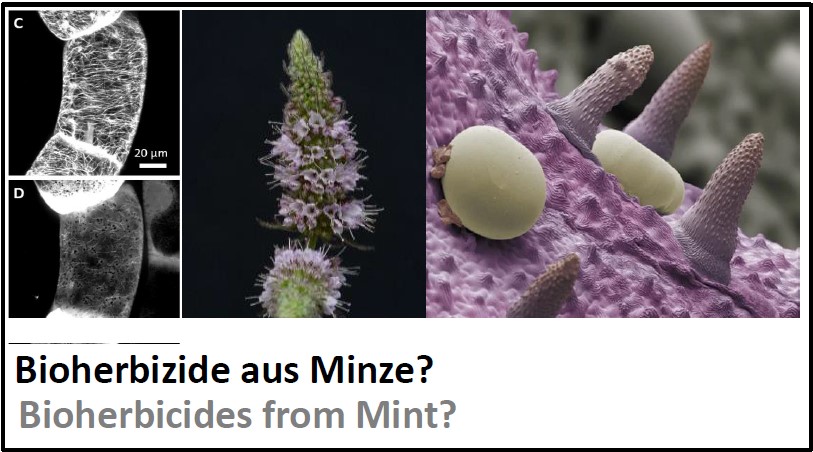Gene Bank for Crop Wild Relatives
Why we Need a Gene Bank for Crop Wild Relatives?
Latest since the Earth Summit of Rio de Janeiro inn 1992 it became evident that biodiversity is also of economic value. During domestication of our crop plants, breeding was often biased towards high yields. In the meantime it has been understood that a sustainable agriculture has need of additional, quite different, traits - for instance resilience against pathogens or adverse environmental conditions. These traits have been shaped by natural evolution and therefore are still present in the wild relatives of our crops. When we drive these relatives into extinction, we also loose these traits - forever. The WEL-Gene Bank, a network funded by the Federal Ministry for Nutrition, Agriculture and Consumer Protectoin (BMELV) therefore collects such wild relatives all over Germany and assembles them into a gene bank to secure in this way a part of plant biodiversity for the generations to come. However: a gene bank cannot replace the protection of these species in the wild, but it can help to spare these species from extinction to have them available for potential applications in the future.
What was our result?
Around 250 species with some 4500 accessions were collected all over Germany and conserved in gene banks, for each entry, a copy was deposited in the central Loki-Schmidt Gene Bank in Osnabrück. We are responsible for the samples collected in the Southwest of Germany. The quality of the gene bank is continuously monitored by germination and viability assays, in addition we check samples for authenticity. For authentication, we not only use classical identification based on morphological traits, but also molecular methods (so called genetic barcoding). Our collection is integratied into the National Plan of Plant Genetic Resources of the Federal Republic of Germany (PGRDEU).
What comes nex?
The next step is to exploit the potential of this collection as application. Currently, we work on so called secondary compounds, by which plants manipulate other organisms. This not only concerns classical medical plants, but also novel applications. For instance, we investigate the potential of the WEL Gene Bank for the development of bioherbicides. We could show that essential oils from wild Mints can suppress by so called allelopathy the germination of weeds, while leaving the germination of cereals untouched. We have even elucidated the mode of action: the essential oils contain components that act as signals for programmed cell death. This cellular suicide is useful when plants are infected by fungi. In the context of germination, this response does not make sense. The Mints persuade their competitors to kill themselves – this trick of Nature, we can exploit for a new generation of ecologically safer herbicides.


